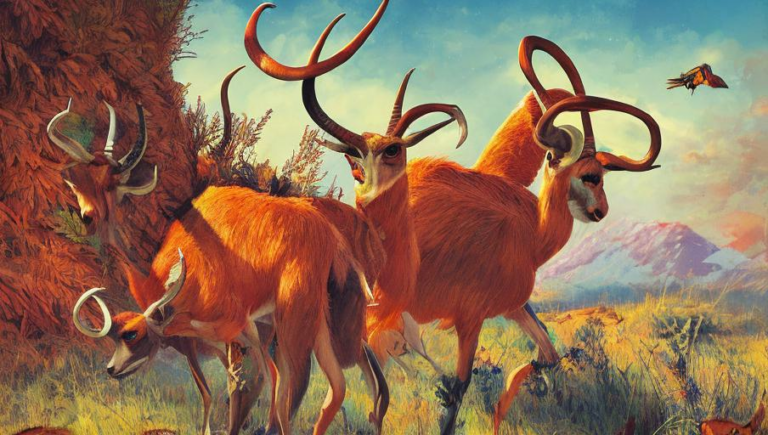Herding Behaviors of Antelope

Herding Behaviors of Antelope
Antelope are a diverse group of hoofed mammals native to Africa and Eurasia. There are several species of antelope, including topi, addax, roan, impala, gazelle, and eland. Antelope are known for their graceful and agile movements, which are used to evade predators and travel great distances. What many people don’t know is that antelope also have a great capacity for social behavior and herding.
Adaptations for Herding
Antelope have several adaptations that make them well-suited for herding. They have excellent eyesight, enabling them to spot predators and other potential dangers from afar. Furthermore, they have exceptional hearing, allowing them to detect the approach of predators. They also have strong legs and feet, which enable them to run quickly and jump over obstacles. Finally, antelope have horns which can be used for defense and for pushing other antelope away.
Herding Strategies
Antelope use a variety of strategies to stay together as a group. One of the most common strategies is to stay close together and move in the same direction. This allows the antelope to remain in visual contact with each other and to react quickly to potential threats. Another strategy is to form a circle with the adults in the middle and the young on the outside. This helps to protect the young from predators and also allows the adults to keep an eye out for potential dangers.
Social Interactions
Antelope also have complex social interactions within the herd. Dominant males will often lead the herd while other males fight for dominance. Females are the primary caretakers of their young, making sure that they are safe and fed. Antelope often form long-term relationships with one another, forming friendships and alliances. Additionally, antelope can make decisions as a herd, such as which direction to take when faced with a potential threat.
Benefits of Herding
Herding brings many benefits to antelope. By staying together as a group, antelope reduce the risk of predation by making it more difficult for predators to single out one animal. Herding also increases the chances of finding food, as antelope can spread out and cover more ground. Finally, herding can help antelope conserve energy, as the animals can take turns leading the herd and the group can share the burden of finding food and avoiding danger.
Conclusion
Herding is an important behavior in antelope, allowing them to stay safe, find food, and conserve energy. Herding also allows antelope to form strong social bonds and make decisions as a group. By understanding the herding behavior of antelope, we can better appreciate the fascinating and complex ways in which they interact with the world around them.





